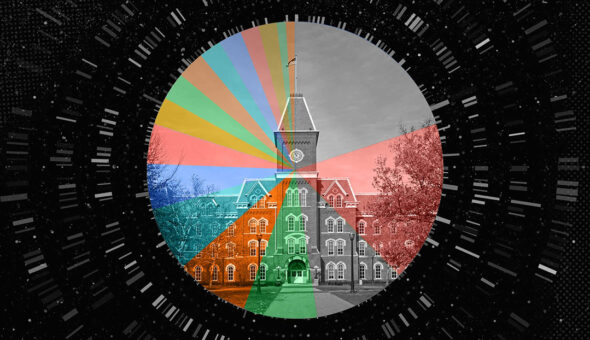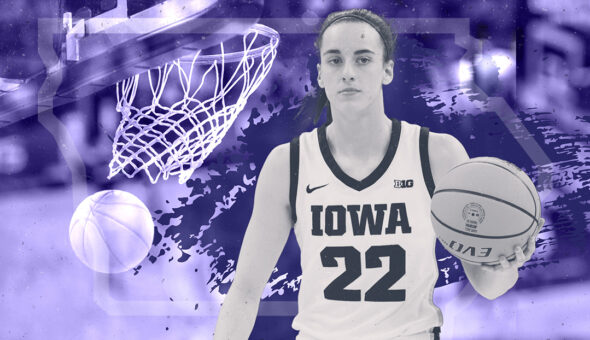Introduction of Threads
One of the biggest recent entries into the social media space came in early July when Meta announced that it was debuting Threads, which it said would offer a “space for real-time updates and public conversations.”
The fact that it had 100 million signups in five days caught the attention of many. However, the platform experienced a drop-off in engagement in the days and weeks that followed.
Bonilla said he knows of many institutions that have joined Threads.
Institutions will join Threads out of a sense of obligation to be on all the relevant platforms, not because it poses an attractive avenue for connecting with prospective students, McGetrick said.
“Without question, they have to create presences. Everyone will be adding a channel on Threads,” he noted. “What you hear mostly from social media managers is that they’re not really jumping off Twitter necessarily, but it’s mostly now with Threads, we have another channel that we can monitor and post to.”
Kadiu said the adoption of Threads by institutions for advertising will likely be aided by the fact that it’s part of Meta. Institutions are already using Facebook and Instagram, so it likely won’t be a big ask for them to start using Threads as well.
However, he’s skeptical about the likelihood that institutions will start using Threads as a successful recruitment tool by engaging in relevant and intentional conversations.
“I can totally see being another channel but not something where everybody’s moving to Threads and starting conversations there,” he predicted. “They’re not doing it on Twitter, so what makes us think they’re actually going to change their way and become better at Threads.”
Role of Additional Platforms
Facebook and Instagram have historically been platforms where institutions spend considerable amounts of advertising dollars.
“Meta has been really good about giving advertising tools,” said Kadiu.
McGetrick said the institutions he works with find the most success by engaging students on Instagram and parents and graduate students on Facebook.
TikTok, he said, has gained popularity among institutions recently.
According to Kadiu, Snapchat is used to some extent for advertising, but he isn’t aware of it being highly effective for recruitment.
Additionally, LinkedIn is becoming useful as a recruitment tool for graduate programs, he noted. “As you see higher education getting more adult learners, career changers and the non-traditional group, that’s a good channel that’s really interesting to pay attention to,” said Kadiu.
McGetrick pointed to Reddit as a platform where prospective students are also congregating.
“You have to be on all the channels and you have to be on the emerging channels. It’s being present wherever you find your audience to be,” he said.








